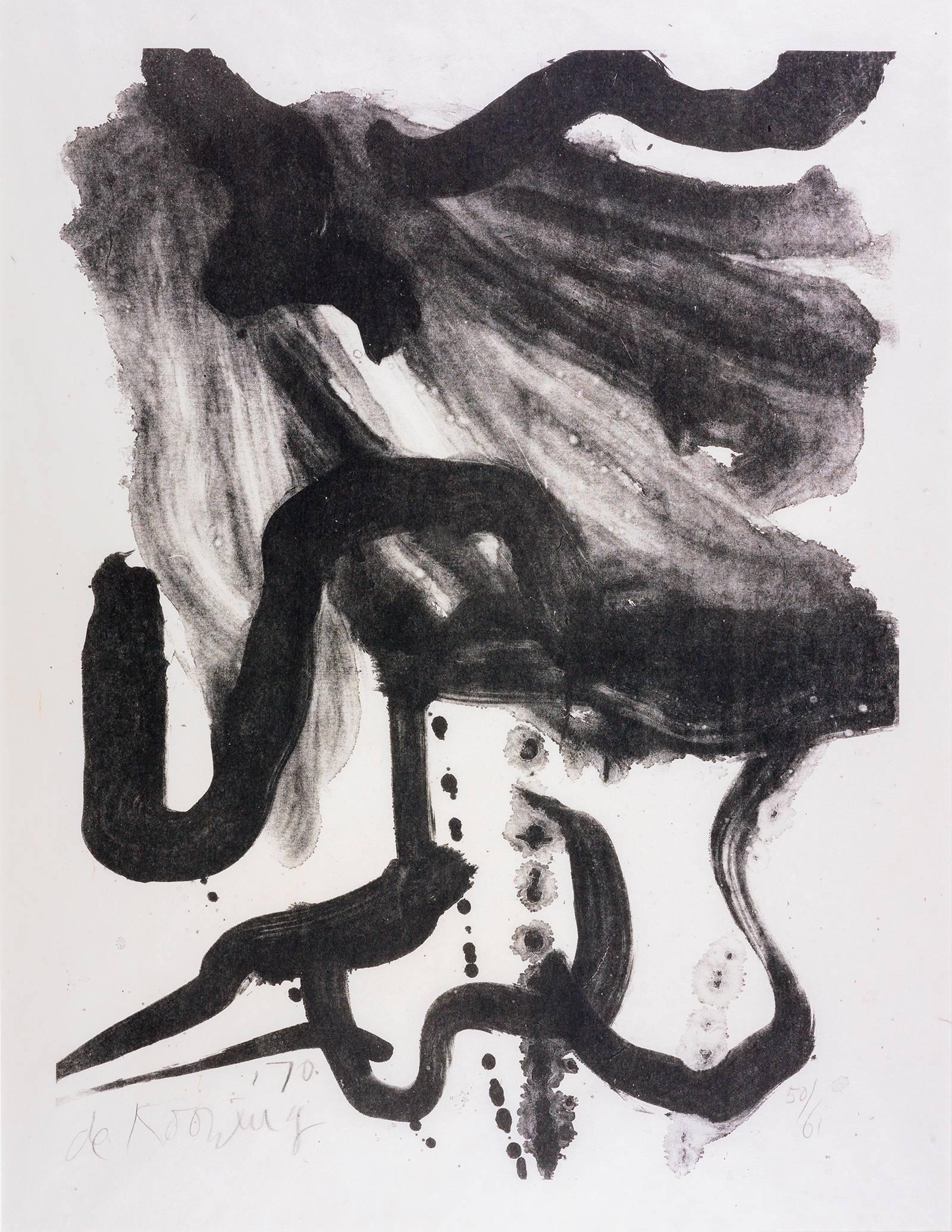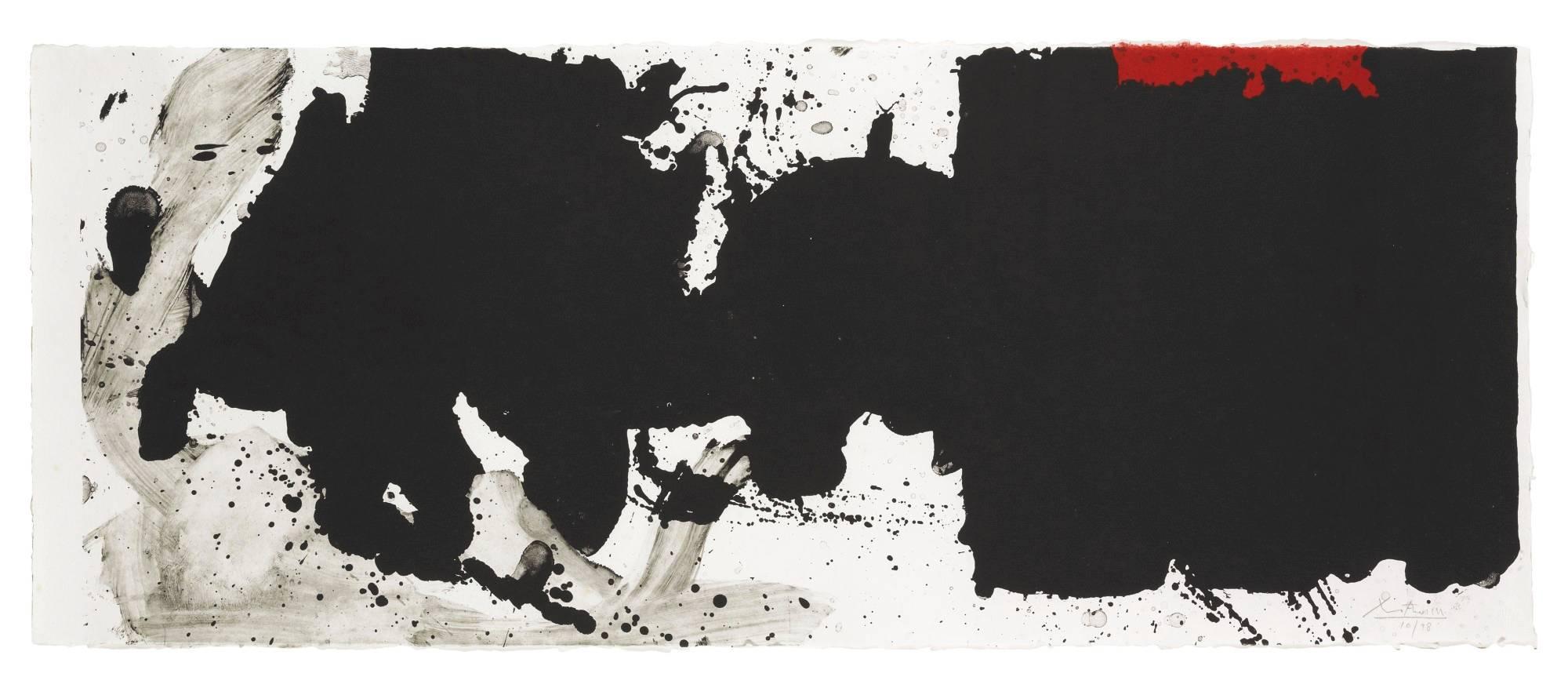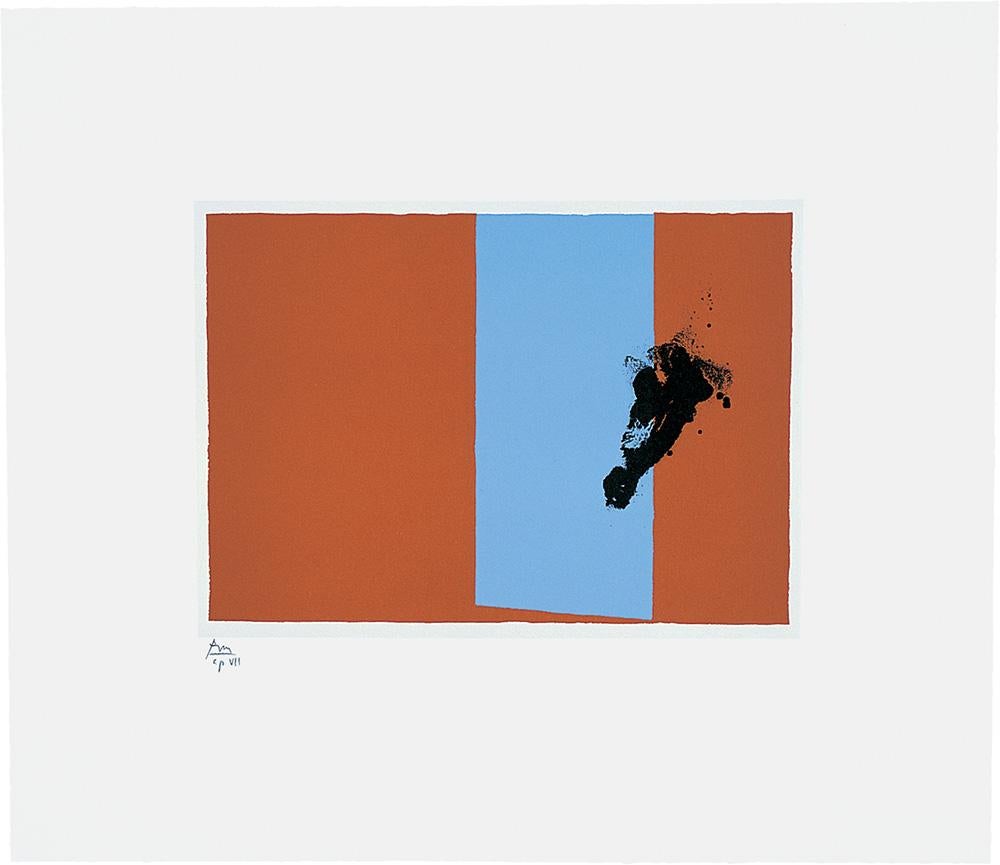Jean LurçatThe warrior1953
1953
About the Item
- Creator:Jean Lurçat (1892 - 1966, French)
- Creation Year:1953
- Dimensions:Height: 33.5 in (85.09 cm)Width: 28.5 in (72.39 cm)Depth: 2 in (5.08 cm)
- Medium:
- Movement & Style:
- Period:
- Condition:
- Gallery Location:San Francisco, CA
- Reference Number:
Jean Lurçat
Credited with helping revive the design and production of tapestries during the 20th century, French artist Jean Lurçat rubbed shoulders with some of the greatest painters in the world while weaving his own artistic narrative into the fabric of history.
Lurçat met artists Henri Matisse, Paul Cézanne and Pierre-Auguste Renoir in Paris in his early twenties — when the Bruyères native found himself fully immersed in the French art world. He had studied at Académie Colarossi and worked in the studio of sculptor Victor Prouvé, and later made paintings inspired by Fauvism. Lurçat first exhibited his tapestries in 1917.
Lurçat’s inaugural textiles were constructed with weaver Marthe Hennebert and were marked by Cubism and avant-garde–inspired art styles before he embarked on extensive travels that would enrich his work. Lurçat’s travels exposed him to other movements and styles that ranged from German Expressionism to Spanish and African influences that inspired his later works.
Lurçat’s tapestries found a regular home in 1925 at Jeanne Bucher’s gallery, which featured the work of other artists including Pablo Picasso, Hans Arp, Jacques Lipchitz, Georges Braque and Max Ernst. Between 1930 and 1936, Lurçat had solo exhibitions at the Flechtheim Gallery in Berlin and the Pierre Matisse Gallery in New York. In 1939 — when the popularity of tapestries had long been on the decline — Lurçat opened a factory with other artists in Aubusson, the home of a centuries-old tapestry production industry, in order to create modernist tapestries.
Over the course of his life, Lurçat designed more than 1,000 tapestries. One of his most notable, Apocalypse Tapestry (1948), is on display in the Church of Notre-Dame de Toute-Grâce and complements the original which dates back to the 14th century. His other highly acclaimed works include Song of the World (1957–64) and Four Seasons (1940).
While Lurçat’s best known works are his tapestries, he also produced engravings, book illustrations and ceramics. The Museum of Modern Art in New York City holds some of these book illustrations as well as a few other works in its permanent collection. Other works by Lurçat are held in the collections of the Detroit Museum of Fine Arts, the Musée Nationale d’Art Moderne, the Museum of Chicago, the Philadelphia Museum of Art and the National Gallery in Washington DC.
On 1stDibs, find a collection of Jean Lurçat wall decorations, decorative objects and ceramics.
- ShippingRetrieving quote...Ships From: San Francisco, CA
- Return PolicyA return for this item may be initiated within 7 days of delivery.
- Asbury Park IIBy Michael RubinLocated in San Francisco, CAThis artwork titled "Asbury Park II" 1992 is an original color lithograph on Wove paper by noted American abstract expressionist artist, Michael Rubin, bor...Category
Late 20th Century Abstract Expressionist Abstract Prints
MaterialsLithograph
- "Concert Hall Set III" Large original color lithographBy Sam FrancisLocated in San Francisco, CAThis artwork titled "Concert Hall Set III" 1977 is an original color lithograph on B.F.K Rives paper by renown American artist Sam Francis 1923-1994. It i...Category
20th Century Abstract Expressionist Abstract Prints
MaterialsLithograph
- UntitledBy Sam FrancisLocated in San Francisco, CAThis artwork "Untitled" is an original color lithograph on Arches paper by renown American artist Sam Francis 1923-1994. It is hand signed and inscribed E.A. (Epreuve d'Artiste, Arti...Category
20th Century Abstract Expressionist Abstract Prints
MaterialsLithograph
- Asbury Park IVBy Michael RubinLocated in San Francisco, CAThis artwork titled "Asbury Park IV" 1992 is an original color lithograph on Wove paper by noted American abstract expressionist artist, Michael Rubin, bor...Category
Late 20th Century Abstract Expressionist Abstract Prints
MaterialsLithograph
- Asbury Park IIIBy Michael RubinLocated in San Francisco, CAThis artwork titled "Asbury Park III" 1992 is an original color lithograph on Wove paper by noted American abstract expressionist artist, Michael Rubin, bo...Category
Late 20th Century Abstract Expressionist Abstract Prints
MaterialsLithograph
- Soho #6Located in San Francisco, CAThis artwork titled "Soho #6" 1991 is an offset lithograph on paper by noted American artist Robert Inman, 1927-2016. It is hand signed, dated, titled and numbered 4/350 in pencil by the artist The artwork size is 22 x 16.25 inches, framed size is 31.75 x 25.75 inches. Custom framed in a beige oak frame, with off white matting. It is in excellent condition. About the artist: Robert Inman 1927-2016. Studied at the Chouinard Art Institute The first job started in 1959 at Bob Clampett...Category
Late 20th Century Abstract Expressionist Abstract Prints
MaterialsLithograph
- Woman with Corset and Long HairBy Willem de KooningLocated in New York, NYPrinter: Hollanders Workshop, New York Publisher: Knoedler, New York Edition size: 61, plus proofs Catalogue Raisonné: Graham 17 Signed, dated, and numbered inpencil, lower marginCategory
1970s Abstract Expressionist Abstract Prints
MaterialsLithograph
- Black with No Way OutBy Robert MotherwellLocated in London, GB15 x 38 ins (38.1 x 96.5 cms) Edition of 98 Signature:Signed "Motherwell" in pencil lower right Inscriptions:Numbered in pencil lower right; workshop chop mark lower right; work...Category
1980s Abstract Expressionist Abstract Prints
MaterialsColor, Lithograph
- Blue Composition by Andre LanskoyBy André LanskoyLocated in New York, NYThis lithograph was printed in 1965 at the Atelier Mourlot in Paris. It is signed, and numbered from an edition of 150. A major theme running through Lanskoy's work is the interactio...Category
1960s Abstract Expressionist Abstract Prints
MaterialsLithograph
- Paris Suite 2 (Summer)By Robert MotherwellLocated in London, GBRobert Motherwell Paris Suite II (Summer) 1980 Lithograph on J.B. Green handmade paper, Edition of 60 49.2 x 41 cms (19 1/2 x 16 ins) RM17034 CR 265 Sign...Category
1980s Abstract Expressionist Abstract Prints
MaterialsLithograph
- Paris Suite 3 (Autumn)By Robert MotherwellLocated in London, GBRobert Motherwell Paris Suite III (Autumn) 1980 Lithograph on J.B. Green handmade paper, Edition of 60 49.2 x 56.8 cms (19 1/2 x 22 1/2 ins) RM17035 CR 26...Category
1980s Abstract Expressionist Abstract Prints
MaterialsLithograph
- Octavio Paz Suite: Red SamuraiBy Robert MotherwellLocated in London, GBLithograph, linoleum block print, and chine appliqué, Edition of 50 CR 435 Paper:Arches paper; Japanese Masa Dosa handmade paper Production Sequence:4 colors (including 1 colored pap...Category
Late 20th Century Abstract Expressionist Abstract Prints
MaterialsLithograph






